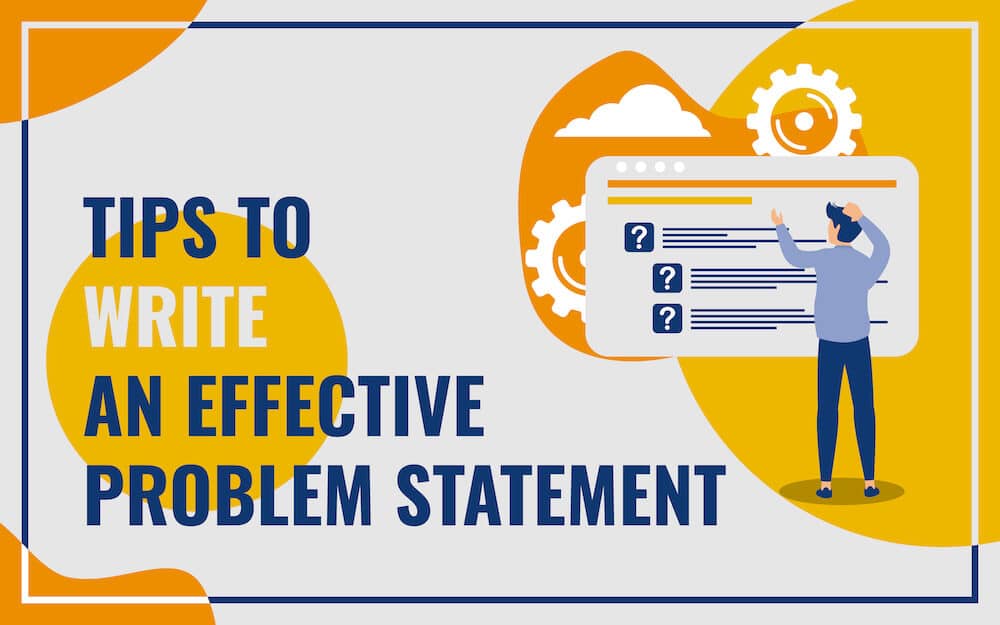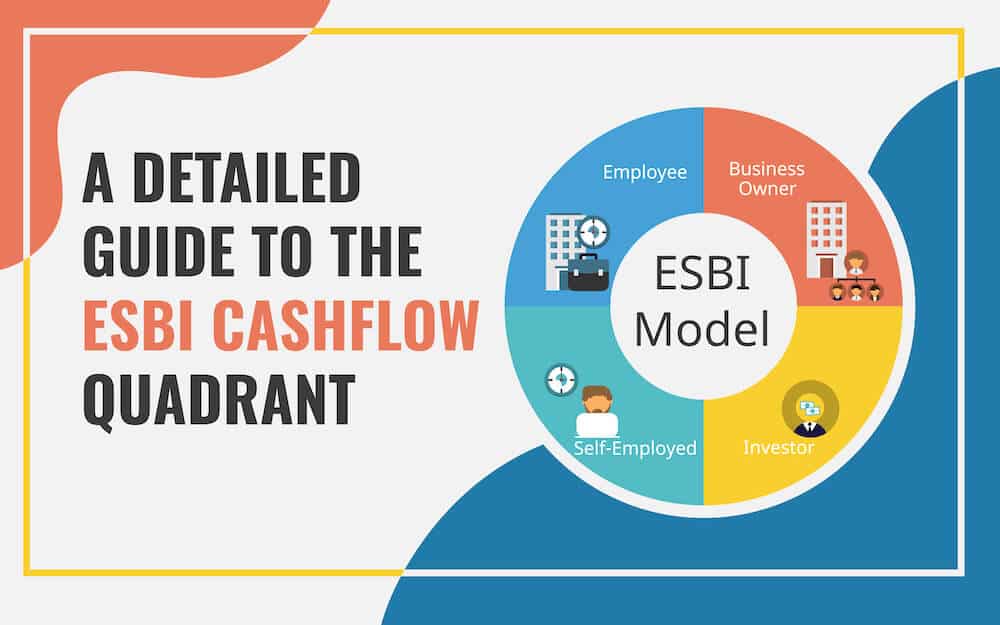Unleash the Power of Agile Communication in the Fast-Changing Digital Realm

Agile communication has gained momentum in the past few years. Now, it is the need of the hour. A statistic reveals that 47% of organizations witnessed improvement in collaboration and communication between business and IT teams by implementing Agile.
Unlike traditional communication, which follows a linear structure and rigidness, agile communication is based on the principles of simplicity, flexibility, directness, and adaptability to make messages more effective and responsive.
By incorporating agility in their communication strategies, organizations can quickly address customer feedback, respond to evolving market changes, and unlock new opportunities.
Want to learn more about agile communication and how it can help you thrive in the fiercely competitive market? Read on!
Features of Agile Communication
1. Frequent
Agile communication aims to ensure alignment between members of the project team and avoid misunderstanding through frequent sprint reviews and stand-ups. Project managers can provide feedback during the meetings, and team members can seek clarity on specific feedback. It helps save time in exchanging emails, as issues get resolved swiftly.
2. Transparent
In agile communication, information is shared promptly and transparently within the team. Each member has an understanding of the tasks’ status that empowers them to prioritize their work and make informed decisions. Transparent communication also fosters a sense of accountability, thereby increasing the likelihood of project success.
3. Asynchronous
Agile communication is asynchronous, and it doesn’t happen in real time. It eliminates the need for all team members to be present in person or online at the same time. They can share tasks progress and updates at their own schedule and time using voice memos, chat messages, email, or other communication channels.
4. Brief and Clear
An agile communication doesn’t exceed 10-15 minutes. It emphasizes sharing key details in a simplified and understandable manner, avoiding misunderstandings and doubts. As unnecessary details are completely discarded, communication becomes fast, facilitating quick decision-making.
5. Adaptable
Open and transparent communication lets project team members adapt to constantly changing priorities and requirements. It fosters flexibility and helps each member move forward efficiently and quickly, delivering positive and high-quality project outcomes.
Challenges in Agile Communication
Agile communication is not easy; it has its own set of challenges. Let’s take a look!
1. Alignment
Aligning cross-functional teams working onsite, offsite, and remotely is a great challenge. The dynamic nature of agile projects, time differences, poor documentation, and language barriers further add to the complexity of the process.
Agile projects involve large teams. To interact effectively with them, more communication channels are required. So, the chances of miscommunication are high.
2. Creating a Sense of Ownership
Creating a sense of ownership among team members for their individual roles and for the project is another big challenge. It takes a great deal of effort on the part of the project manager to make the team understand that they are a unit and they all are equally accountable for the timeliness and quality of the project outcome.
Lack of commitment to create value, unclarity of shared goals and project objectives, and ambiguity in priorities can make your project fall flat.
3. Employee Perception and Company Culture
For Agile communication to happen, it’s important to change the mindsets of team members and bring changes in the organizational culture. Bringing this shift is quite challenging if the company has achieved success following the Waterfall methodology. Choosing Kanban or Scrum may look useless to them.
Best Practices for Agile Communication
a). Communicate Goals Effectively
In agile communication, there is a specific goal for each session. Clearly communicate these goals to team members at the beginning to avoid misunderstanding in later stages. Also, clarify the definition of ‘Done’ and the criteria to mark each communication goal ‘Done.’
The ‘Done’ may mean understanding key aspects and terms, knowing whom to talk to for quick issue resolution, the ability to document the work, etc.
For better engagement, set rules for each communication channel.
b). Plan the Communication Mechanism
In project management, communication is an integral part of the outcome, and it should be considered a ‘deliverable’ to make it more impactful.
Agile communication can occur through various channels: daily meetups, strategic meetings, informal discussions, brainstorming, urgent calls, and artifacts (sprint planning, product vision and roadmap, product backlog, release plan, sprint review and backlog, and sprint retrospective).
Choose the channel that best fits a specific project phase, and after the communication happens, mark ‘Done’ for each communication activity/goal.
c). Don’t Rush the Process
Allow your team members to prepare ideas, process thoughts and facts, and receive feedback. To make the entire process more streamlined, communicate agendas and the criteria and definition of ‘Done’ for each communication goal well in advance.
Remember, the communication is not considered complete until all the team members understand all things. Use reflection techniques or ask open questions to ensure all points are comprehended as intended.
d). Say it with Pictures
Some Agile projects are complex, and project managers need to discuss both the general and specific contexts to keep everyone on the same page. However, explaining the intricate and complicated details of the project through words may make understanding difficult. Some team members, who are afraid of asking questions, begin working based on their own assumptions, which affect project outcomes.
Images, pictures, infographics, charts, diagrams, etc., make communication more clear and understandable, eliminating the scope of confusion. You can also use pre-designed PowerPoint templates equipped with high-definition visuals to convey your information.
e). The Right Place and Time Matters
The time and place impact the effectiveness of agile communication. So, choose the right tools, environment, and time for daily meetups, discussions, scrum meetings, etc.
The place should be distraction-free. Make sure you have a projector, flipchart, whiteboard, and all other tools you need to communicate excellently.
The stand-up meeting should not occur late in the day and must not exceed 10-15 minutes. If you want to discuss some points in detail with specific team members, plan a separate meeting.
f). Contextualize it By Providing Examples
You can explain the abstract concepts of the project through real-world examples, case studies, anecdotes, or stories. It helps team members visualize or contextualize things and better relate and comprehend.
Avoid generic examples; use specific examples that are relevant to your project.
g). Collaboration is the Key
The ultimate goal of communication is collaboration. Thus, actively involve each member in the interaction and encourage them to share their viewpoints and ask questions. It will help them think broadly, challenge any assumptions, clarify doubts, and more.
Presentation Templates for Enhancing Agile Communication
Below are examples of pre-designed templates that project heads, product owners, team leads, and scrum masters can use in their presentations to enhance overall communication.
1. Scrum Process
This structured and visually appealing template with well-designed infographics, icons, and visuals of different shapes will help you educate technical and non-technical teams about the business value and stages of the Agile Scrum process.
2. Agile Team Roles and Responsibilities
This fantastic template adorned with eye-pleasing colors is the perfect visual aid to showcase the roles and responsibilities of cross-functional team members, i.e., a developer, UX designer, tester, etc., involved in an Agile project.
3. Agile Ways of Working
With this entirely editable template, you can present how agile ways promote innovation, speed, and autonomy. You can also explain key factors and core practices in Agile ways of working in an understandable manner.
4. Scrum Board
Download this template and use it in your daily stand-up or scrum meeting to present the status of various tasks of the project to keep all team members aligned. You can present a list of to-do, in-process, to-be-verified, and done tasks.
5. Scrum Timeline
Showcase the schedule of various scrum ceremonies, i.e., sprint planning, daily scrum, sprint review, and sprint retrospective, with a duration of each ceremony. The high-definition timeline graphics will let you deliver your presentation with excellence.
6. Kanban
Depict the workflow at the team and individual levels using this Kanban PowerPoint template. Using it, you can present the backlog and status of tasks in the development, testing, and deployment phases.
Conclusion
Effective communication is the cornerstone of achieving success in an agile environment. Agile communication keeps everyone aligned regardless of changes in priorities and requirements, thereby facilitating quick adaptability and improving processes. Thus, most next-gen businesses are planning to adopt this approach to drive their growth and success in the upcoming years.
Agile communication is not scary; however, it has some challenges that you can overcome by following the above-mentioned best practices. So, jump on the bandwagon and embrace agility in your communication!



